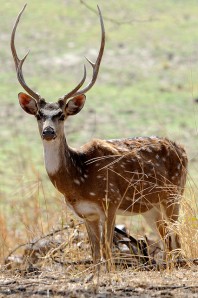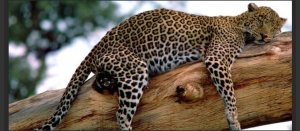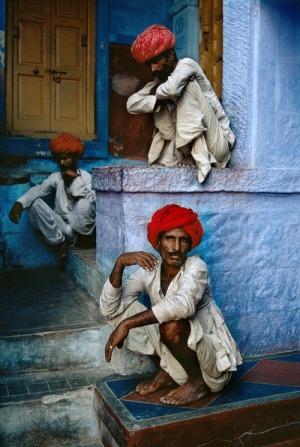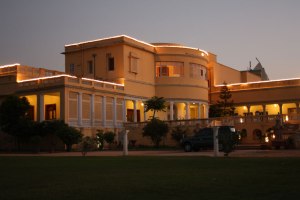India has always been a tourist destination for many international travellers around the world. Travellers are influenced by the rich culture and warm hearts of the people. Though the country is now becoming a home to one of the leading metropolitan cities in the world, still it manages to preserve its ethnicity in geographical areas like Rajasthan
Known popularly as the land of kings (Rajputs), this region showcases a perfect blend of arid geographies and moist emotions. This is the reason why Rajasthan tour packages are so popular among vacations enthusiasts and holiday specialists.
Once you enter this warm land, you will find ancient forts and exotic architectures, which speak loudly about ancient India. Royal palaces, exquisite forts, and spacious landscapes are common here and you will be amused by the sight of snake charmers. So, before you decide to pack your travelling boots, take a look at these 5 top destination places in Rajasthan, which will make your journey truly special.
1> Jaipur

If you are fascinated by the sight of captivating palaces and forts, then this city should be on your ‘Must Visit’ list. Popularly called as the ‘Pink City’ of India, you will find the streets of this place crowded with people and hawkers, who try to sell artefacts and traditional merchandize. Book a hotel for a day here and experience the true living of Indian monarch.
2> Udaipur
If the sight of old mansions and lavished gardens fascinates you, then come down to Udaipur. The City Palace and shore of Lake Pichola are known to leave visitors spellbound.
3> Jaisalmer

Nothing gives you a glimpse of sand houses and marvellous sandstone structures like the city of Jaisalmer. Nothing will mesmerize you more than the sandstone fort here.
4> Jodhpur
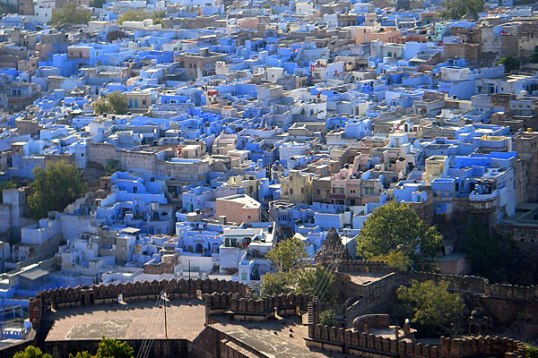
If you are fascinated by the colour blue, then come take a look at the blue-painted buildings here. The city gets crowded in October for the Rajasthan International Folk Festival.
5> Pushkar
If you love trekking and want to see the lavished natural landscapes of Rajasthan, then visit the city of Pushkar. This place will promise you great experience any time of the year.
These are the 5 places that you should visit, when you are in Rajasthan for vacations.


